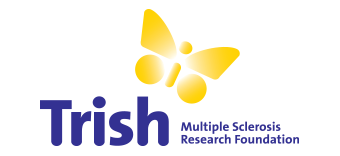Enhancing Myelin repair in MS
The Foundation is contributing to a MS Research Australia Project Grant titled “Enhancing Myelin repair in multiple sclerosis” at the Florey Institute of Neuroscience and Mental Health, VIC, led by Professor Trevor Kilpatrick. Co-investigators for this three-year project are Dr Simon Murray, Ms Michele Binder, Professor Bernard Zalc, Dr Junhua Xiao, Dr Anne Desmazieres and Professor Robyn McCallen.
Professor Kilpatrick and his team have made considerable progress in deciphering the mechanisms of how the Tyro3 protein might be aiding in the remyelination process. This is an important step if medications targeting Tyro3 are going to be developed and used to enhance remyelination in people with MS.
Although their study was only in the early stages, they have made some important findings that will inform how and when we could use any therapies aimed at activating Tyro3. In addition to focusing on the brain and spinal cord, they are also focusing on parts of the visual system, which is impacted in the absence of Tyro3. The team are currently investigating why this is the case. By understanding the full role of this protein in MS, we can better understand how targeting it may be beneficial as a treatment for MS.
These studies could lead to the creation of new therapies or the re-purposing of current therapies approved for other diseases to enhance myelin repair, slow down or stop the progression of MS.
The results of this study have been presented at national and international conferences, with a scientific manuscript currently in preparation.
Commencing this year, Professor Kilpatrick was awarded a Trish Translational Project Grant, fully funded by the Trish Foundation. In this innovative project, Professor Trevor Kilpatrick and his team are investigating ways to manipulate the immune system. The cells that are being focused on are already the subject of intense study, including in early phase clinical trials for treatment of other diseases, so the work will be translatable to clinical trials in people with MS.
